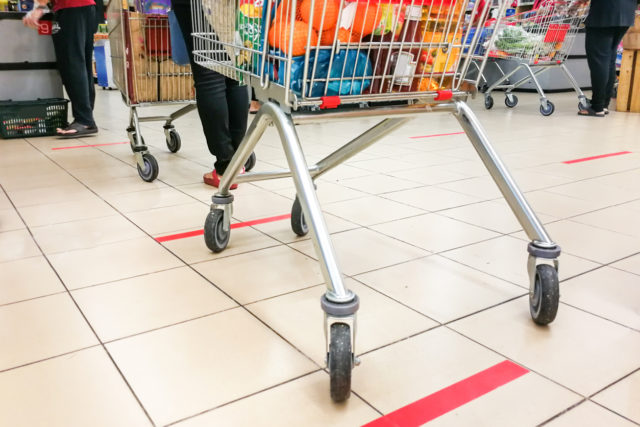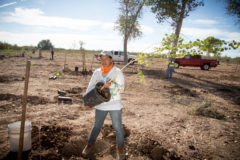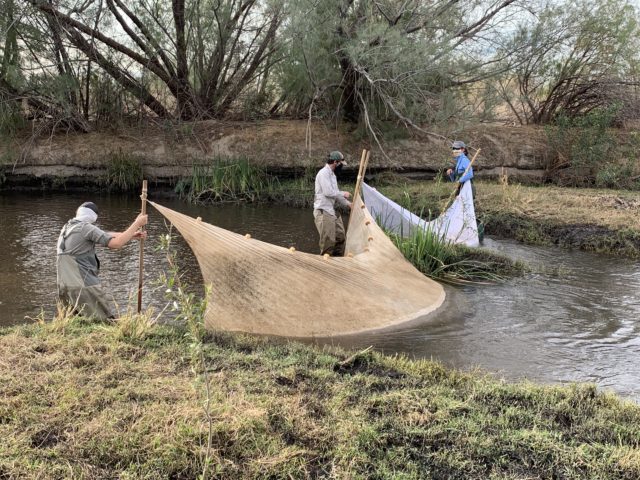A resilient system will keep working, and even positively adapt, when faced with immediate shocks or long-term stressors.
Nearly a year into this pandemic and my only regular outings are to the trailhead and the grocery store. In some ways I remember the before times based on all the things that changed at the store: the waiting in line to get in, one-way aisles, the Plexiglas, the sanitizing. But the essence of grocery shopping is the same as it has always been: checking items off the list, trying to get a laugh out of the cashier, and taking stuff home and eating it.

Despite the challenges and some of the early supply and demand problems, I am grateful for this system—it has proven to be quite resilient. The farmworkers grow and harvest, the truckers truck, the lights stay on, and I get to keep snacking and learning new recipes.
So, what is resilience?
Resilience is defined as a system’s capacity to absorb disturbance and reorganize while undergoing change to retain essentially the same function, structure, identity, and feedback. (This definition comes from our publication: Resilient Communities Starter Kit)
- The system could be the grocery store and supply chain, your city, or a river, forest or desert ecosystem.
- The ability to absorb changes means there’s enough energy, money or time to develop workarounds and solve problems, which avoids damage that might otherwise be lethal.
- A resilient system will keep working, and even positively adapt, when faced with immediate shocks or long-term stressors.
At Sonoran Institute, resilience is a core goal of all our programs.

In the Colorado River Delta, we are building resilience through restoration. We plant native trees and shrubs to provide habitat. We remove sand and sediment that was blocking the river’s natural channel to the sea. All of this along with deliveries of water creates the habitat many species rely on, and helps local people to be resilient as well.
The Santa Cruz River will continue to become more resilient through our collaborative efforts with partners and community members to protect and secure its water. The goal is to see it thrive once again as a ribbon of life—refreshing and welcoming in an arid landscape.
In our Growing Water Smart program, we recognize that the place we call home cannot be resilient to drought and the increasing impacts of climate change without proactive collaboration, planning, and policy around water. We foster thoughtful and efficient use of water to ensure that community values are preserved, and the natural environment can thrive long into the future.
Resilience is something we all need in this new year.
The effects of last year’s pandemic, racial injustice, economic upheaval, political polarization, and losses have affected us all—but not equally. Much of the resilience evident in our systems comes from hard working people. Whether it’s the staff at the grocery store, utilities and transportation workers, our systems rely on all the essential workers.

At Sonoran Institute we’re here to work together, strengthening communities, from the Colorado River headwaters to the US-Mexico border region.
We’re building the resilience to sustain lasting change for our environment that nourishes both nature and people. Our projects focus on water from balancing the way cities, counties and regions use it, to making sure water is available for healthy rivers. Our work is increasing resilience for communities and ecosystems from the headwaters to the cities to the sea.
Blog Post By: Corinne Matesich, Marketing Communications Manager
